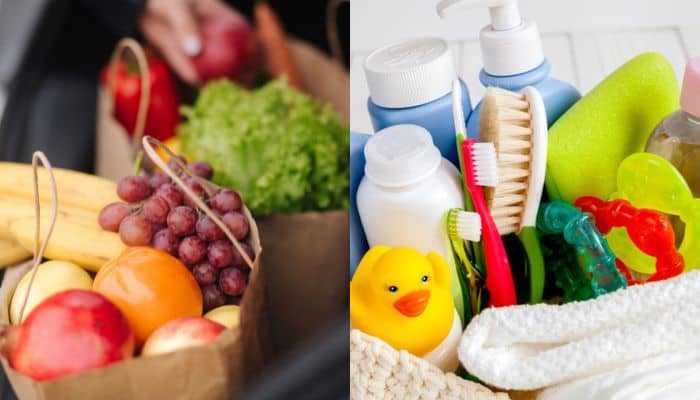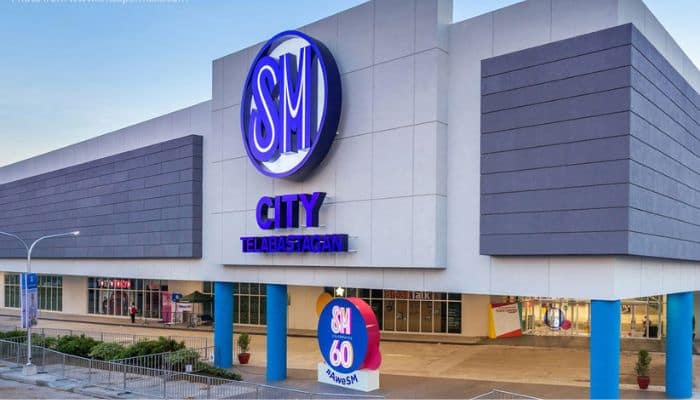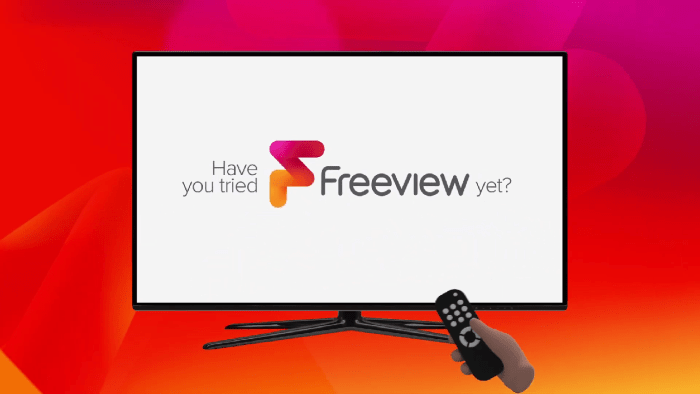Singapore – While Singaporean consumers are likely to be more pragmatic and price-conscious this holiday season in light of current global conditions, online spend on essential and personal care items like groceries and apparel this holiday season will still increase. This was according to the latest survey from Amazon Singapore, in collaboration with YouGov.
According to the survey, three in four Singaporeans make at least one online purchase a month, with pricing and sales discounts (50%) emerging as the top consideration factor among online shoppers looking to purchase items this holiday season, followed by product quality (15%) and trustworthiness of a website (11%).
The survey also found that more than half of online shoppers are likely to be more conservative with their spending this holiday season in light of current global economic conditions, with 57% of shoppers saying they will spend less or wait until there is more stability before making large purchases. This highlights the need for retailers to look at helping to mitigate consumers’ fear of inflation and offer budget-friendly options for customers.
On the other hand, almost three in 10 (27%) are optimistic that there will be no impact on their spending this holiday season. Online shoppers also say that the top categories they plan to spend more on during this period are apparel and accessories (38%), groceries (35%), and health and personal care (31%).
Around 53% also said they are keen to see more items from local brands on e-commerce stores, however 78% said that they will only shop from local brands if there are good deals and promotions. Meanwhile, 66% of online shoppers surveyed said that they will buy from brands that offer the lowest prices.
Lastly, while 68% of shoppers say they plan to purchase items online for themselves during the holiday, the survey found that around 37% of shoppers aged 25-34 years also plan to purchase items for their parents or partner’s parents, while around 48% of shoppers aged 35-54 years plan to purchase items for their children. This indicates that there is an opportunity for retailers with a target audience aged 25 and above to appeal to online shoppers looking to purchase items or gifts for their family and children.













